The olfactory families
Draw me a scent
The sense of smell is permanently stimulated. But it is only when the smell reaches our brain that it triggers an olfactory emotion, whether it is good or bad. Smells and emotions are therefore intimately linked, and are perceived very differently from one person to another. You may like the smell of a rose and it evokes beautiful memories, but it may be different for someone else. This is also one of the reasons why talking about a smell, describing it and identifying our feelings related to its wake are not easy things.
There is a very rich lexicon when talking about colors, if I ask you to visualize a turquoise blue wall, or a navy blue wall, you can easily imagine these blues. The lexicon to evoke smells is more complex.When we described the olfactory pyramid (see blog The Olfactory Pyramid) we mentioned the specificity of the jargon of perfumes, mainly the different notes called: top note, middle note and bottom note.
Today, I propose to enrich this lexicon by discovering the seven olfactory families.
These families reflect the main olfactory character of perfumes.
These groups of odours allow us to classify the perfumes no matter if they are feminine, masculine or mixed.
The 7 olfactive families
The hesperides:
The hesperidian perfumes are sparkling, fresh, dynamic, made up of sunny and acidulous notes.
This family includes a set of essential oils obtained by the extraction of citrus peel such as lemon, bergamot, orange, grapefruit etc..
This is why hesperides are at the origin of "cologne". These notes are nevertheless very volatile and do not last very long, which is why these materials are often used in the top notes of perfumes and they are associated with other families.
The floral:
You will have understood it, this family gathers the perfumes whose theme honors the flowers: rose, jasmine, tuberose, iris, etc...
It is a palette of varied odors, or sometimes the fragrance is worked as a soliflore, that is to say that we choose a single material, a single flower that we will put forward with other ingredients, but without "stealing the show"; or the perfume will be composed as a whole bouquet of flowers.
This family is very important in perfumery, because even if it is not put forward it is worked in a lot of creation because it marries very well with many scents, and it allows to give a touch of romanticism to the fragrance.
Ferns:
This family is a bit special.
Just because it's called fern doesn't mean you're going to smell it.
This family is called so because it is built around a basic agreement that constitutes a perfume that has marked the history of perfumery: "Fougère Royale".
At the beginning of the XIX century, after the trend of heavy and animal perfumes, Napoleon First instituted the fashion of Eaux de Cologne. A little later, in the same movement, the fougère family will revolutionize the male perfumery: this name fougère was given by the creation of the perfume "Fougère Royale" created in 1882 by the Perfumer Paul Parquet, which will give a new style of male perfumes.
This agreement is revealed under a head lavender and aromatic with rosemary, a floral heart where we find geranium, and a woody vanilla bottom with an agreement of coumarin and oak moss.
The fragrances of this family are often made up of powerful, noble notes.
Leathers:
This family is in my opinion too little known.
As its name suggests it puts the smell of leather in the foreground.
Composed of notes of tobacco, wood, the materials used to reproduce this smell are often: cade wood, iris, mandarin, rose, saffron ...
Leathery fragrances have a more raw, wild, animal trail, a more dry and smoky smell.
This family does not yet have the success it deserves and usually dedicated to perfume specialists.
Woody fragrances:
Composed of warm, resinous notes, sometimes slightly smoky or humid, this family puts forward fragrant woods such as cedar wood, sandalwood, hinoki wood, Gaïac wood etc., but it is also possible to find plants like vetiver or patchouli.
The woody perfumes are very numerous and seduce as well the men as the women.
Long considered masculine, wood is becoming more and more mixed thanks to the possibility of its many facets.
The orientals, or amber:
This family was originally made up of animal notes such as ambergris but it has evolved a lot, and the oriental or amber scents have many variations today: vanilla, woody, spicy, floral or gourmand.
This family has seduced all the noses of the world.
Perfume with sweet, warm, powdery, vanilla notes, this family can also be composed of very precious materials such as the Oud.
The chypress:
The name of this family comes from the island of Cyprus, birthplace of the goddess of love, Aphrodite, but which is also known for the quality of its essences and especially the oak moss.
This one is the fundamental element in a chypre perfume.
These perfumes are therefore built around an agreement of bergamot, patchouli, cistus and oak moss.
Describing the smell of chypre perfumes is complicated. They are noble perfumes with a trail that is both wet and dry, both warm and cold.
An enigmatic and bewitching trail.
The world of perfume and particularly its lexicon is intimately linked to other worlds such as music and wine.
As in music, we talk about notes, chords, organ. As for a wine, we talk about its behaviour, its smell; about the way the plants or the grapes were cultivated, about the seasons which have an impact on the quality of each essential oil or each wine.
But, are these worlds really linked? This is what we will see in a future article.







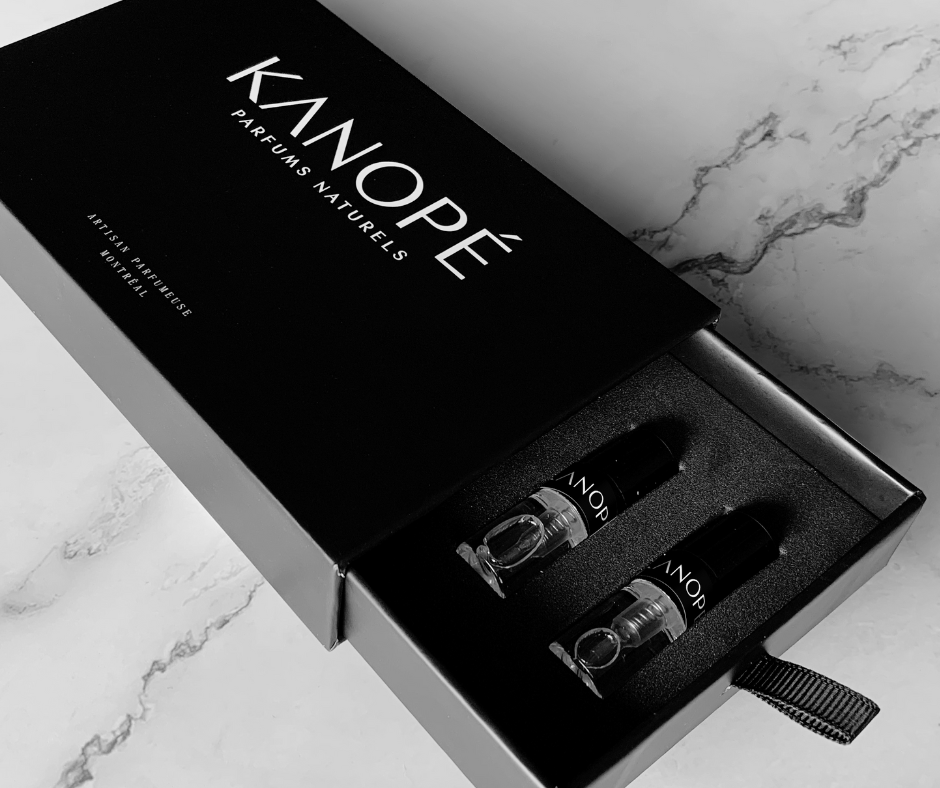



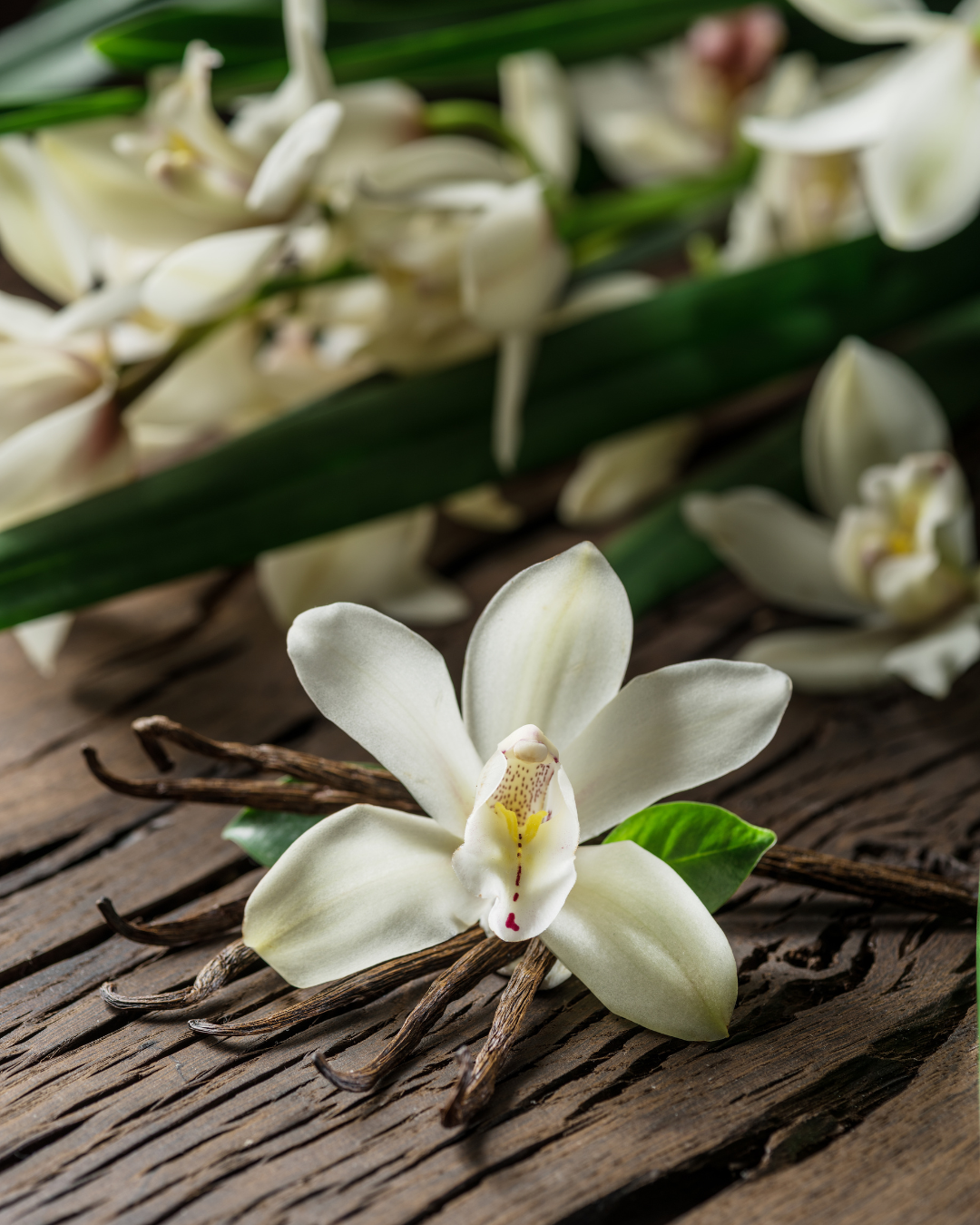
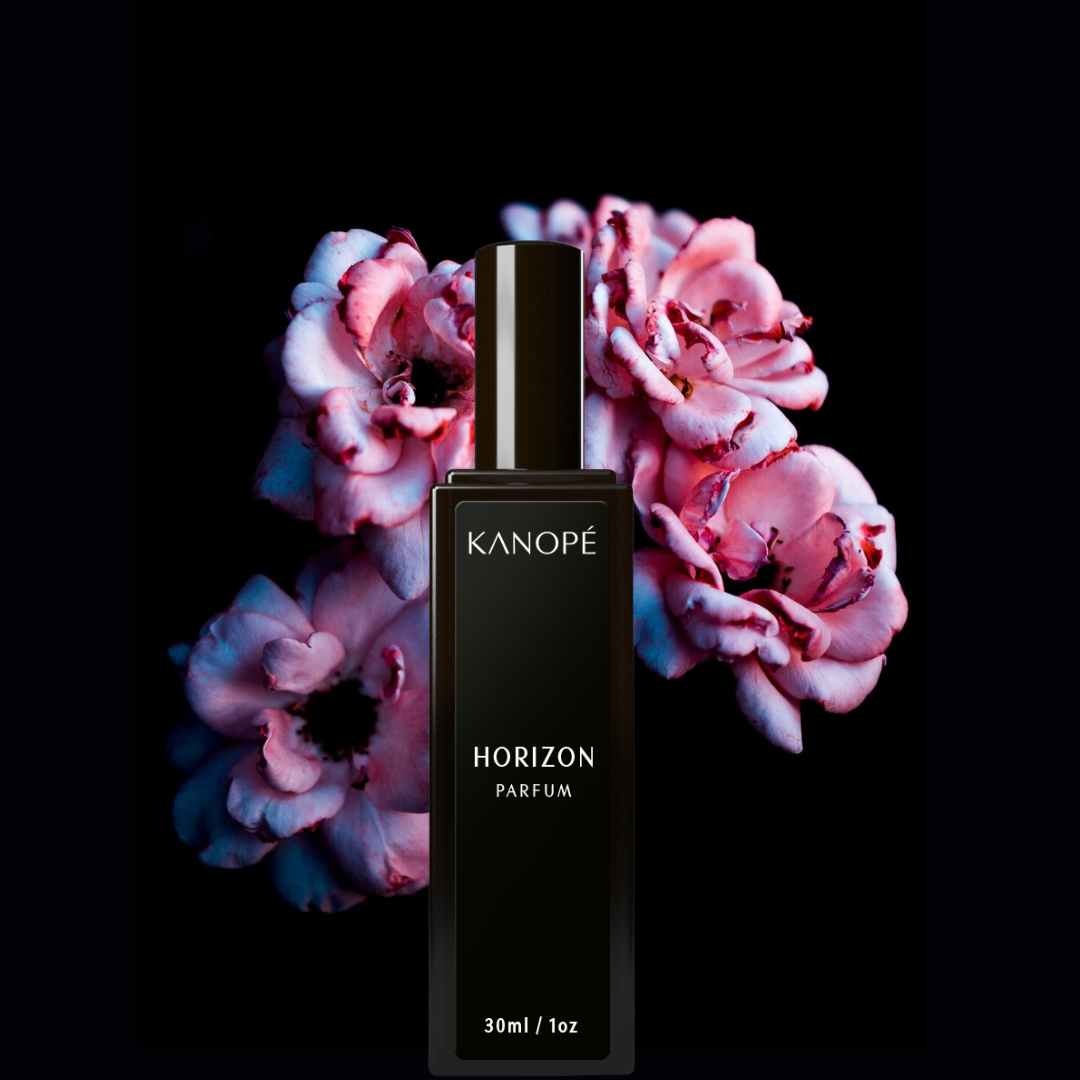
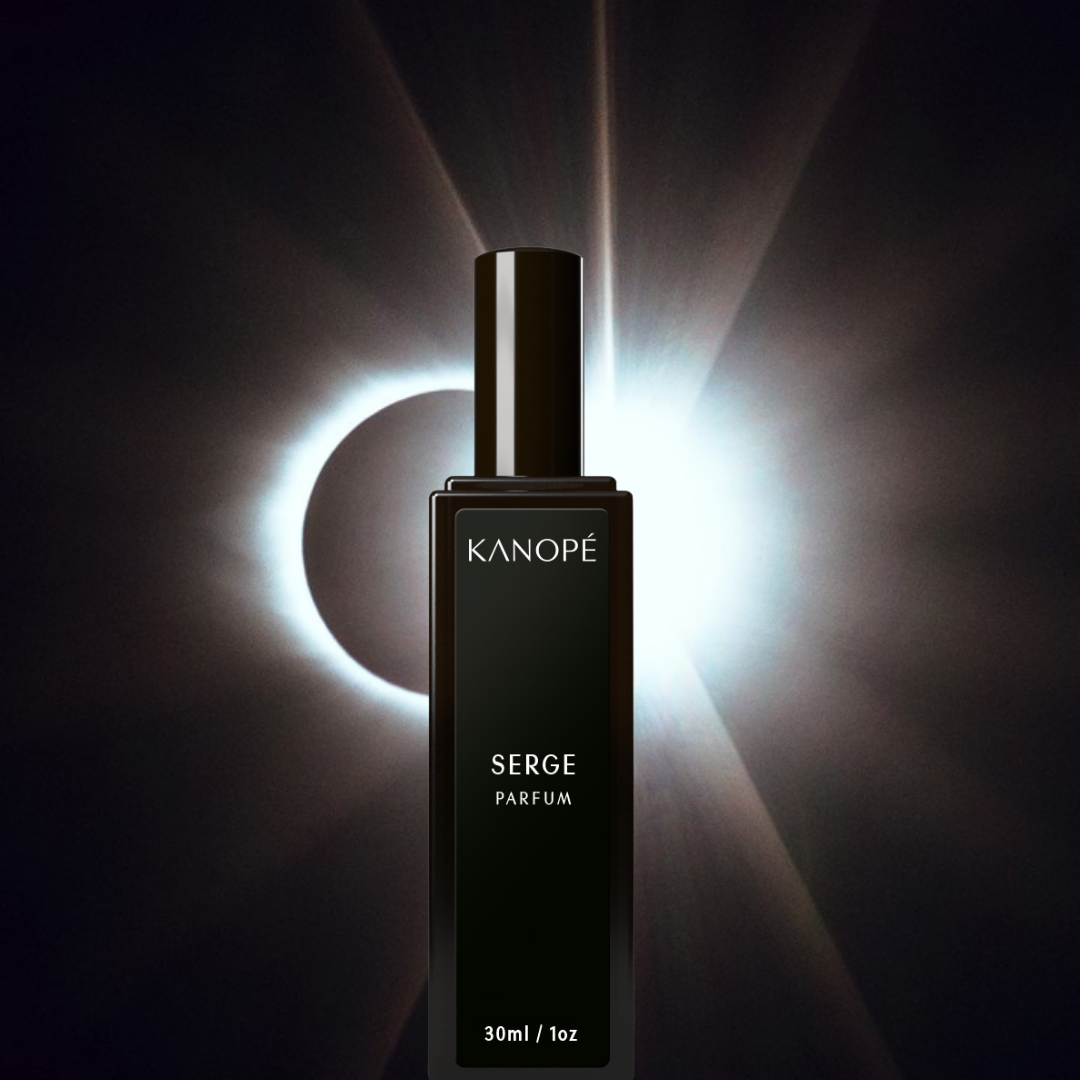
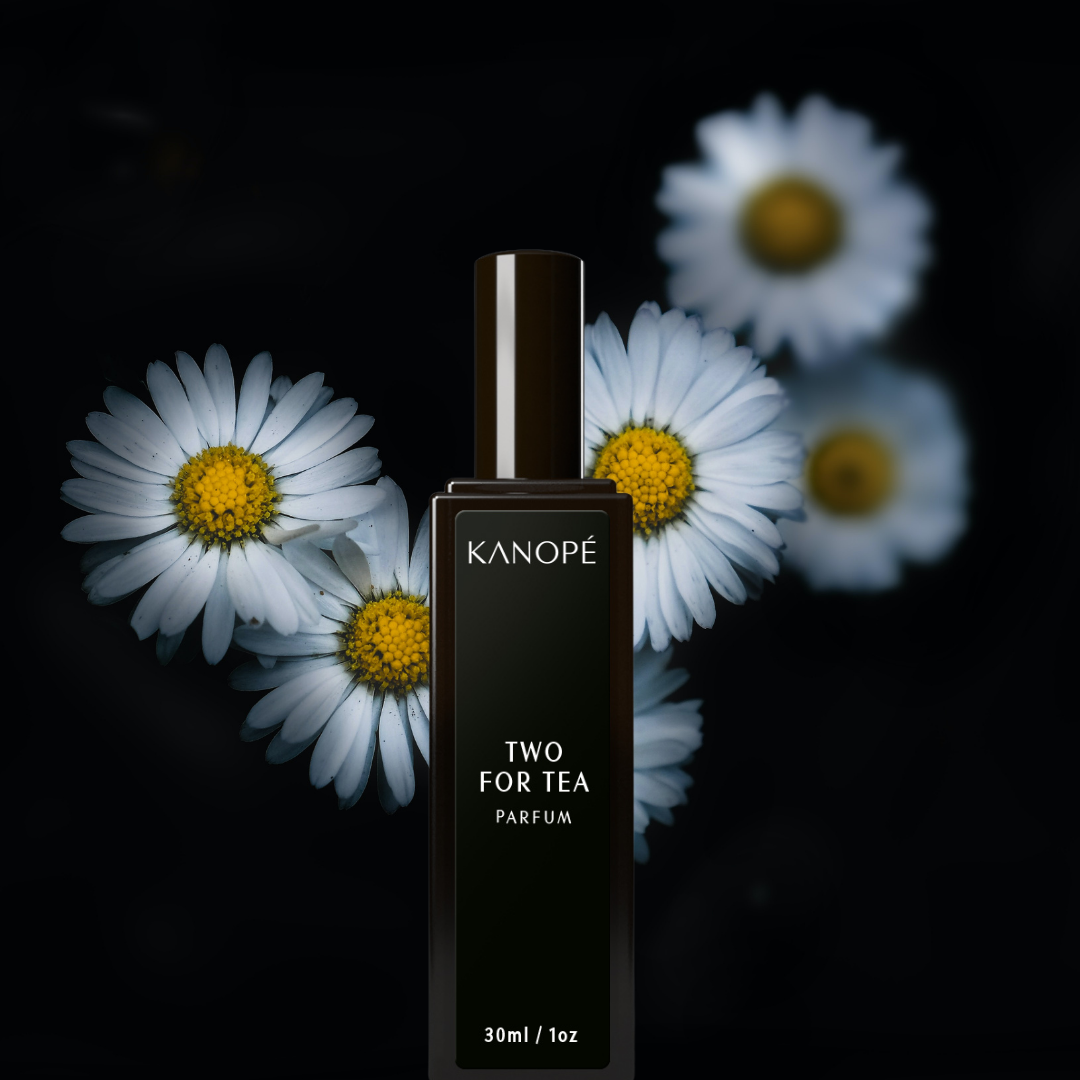
Did you have training course for perfume?
Leave a comment